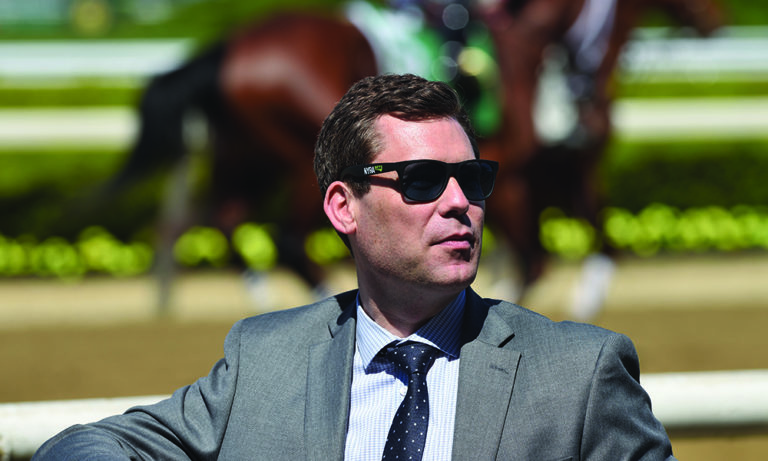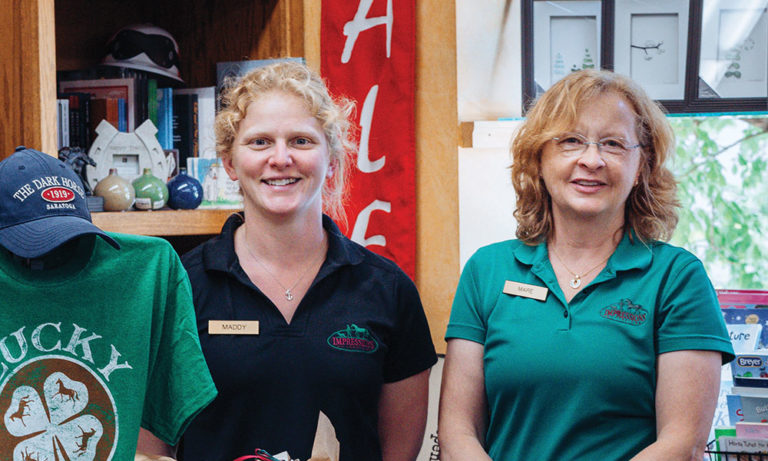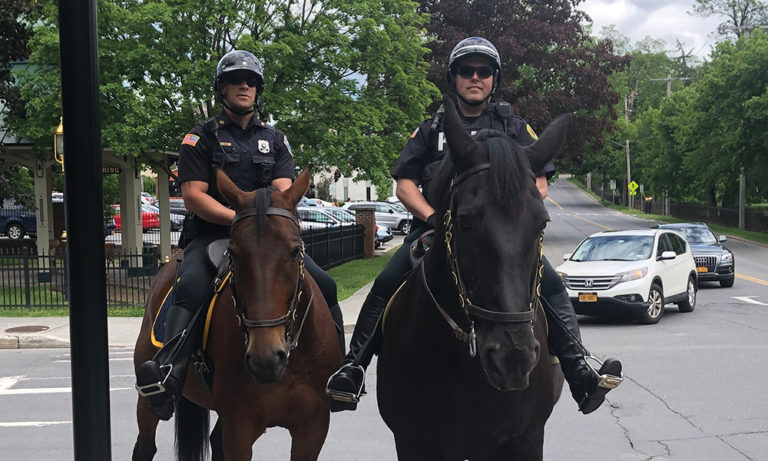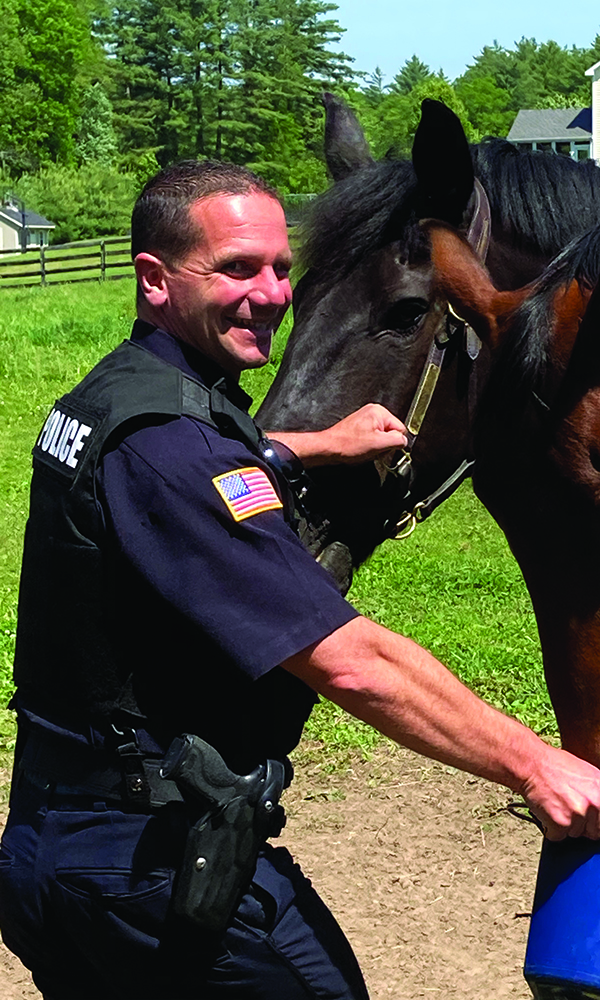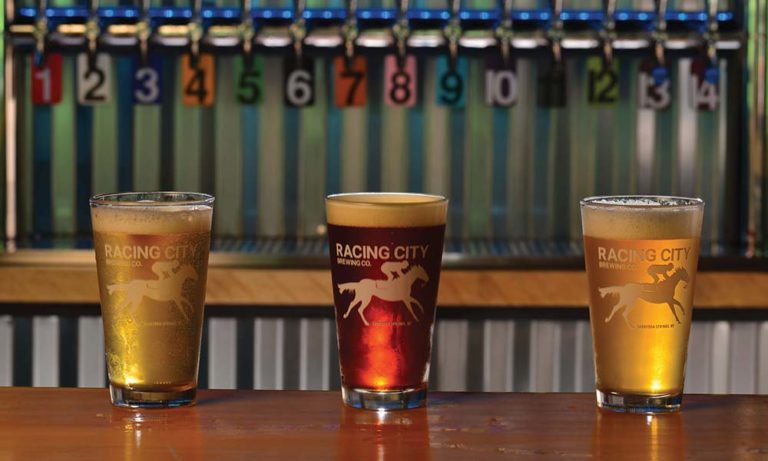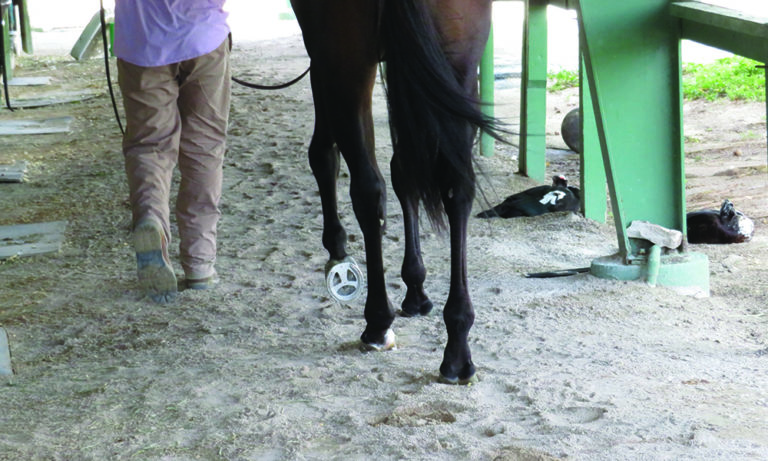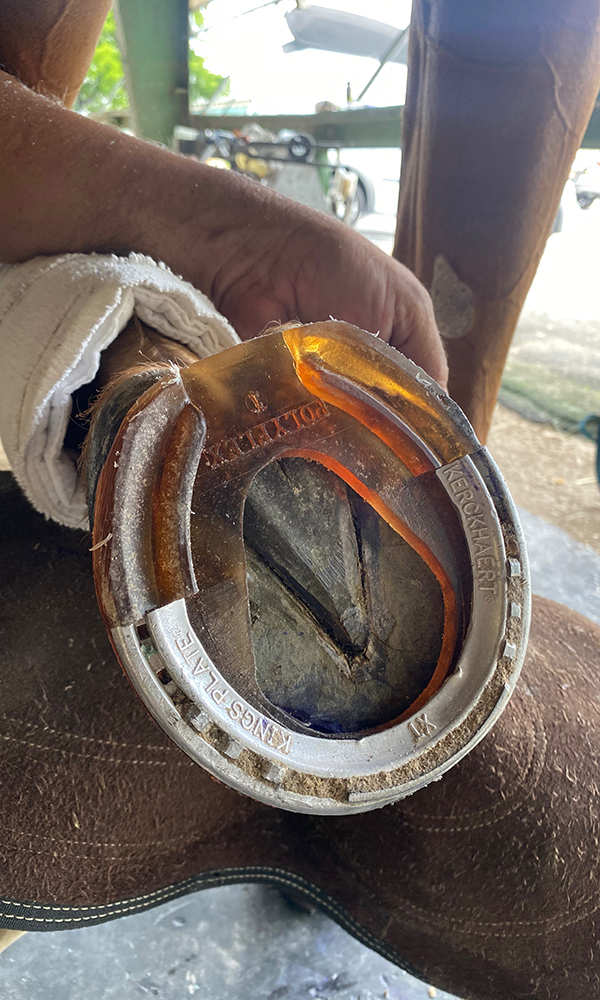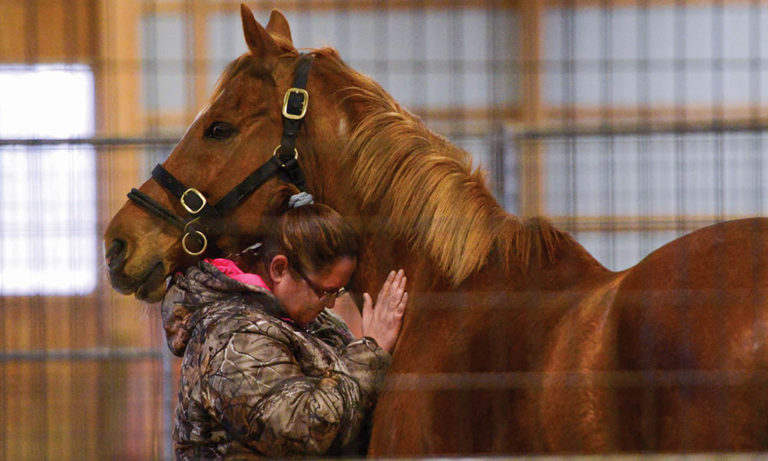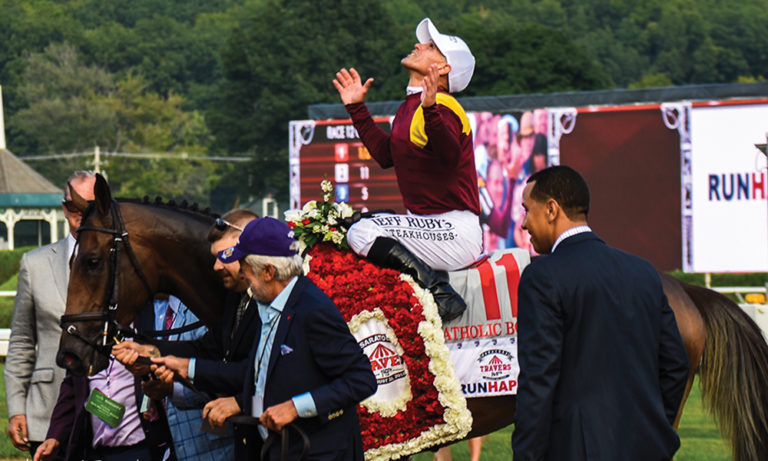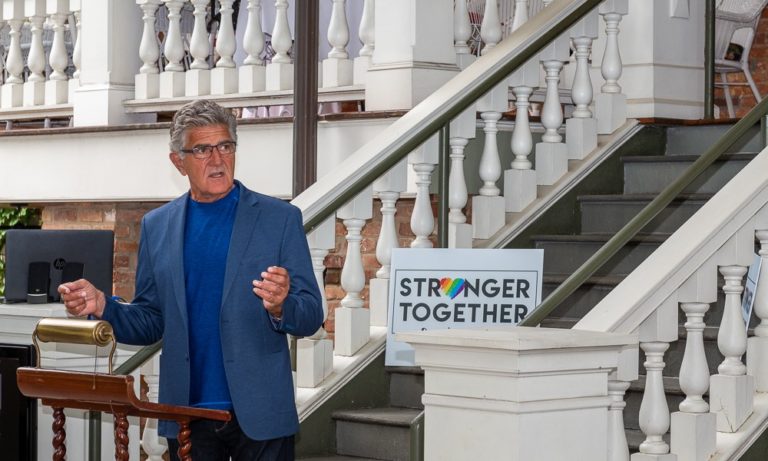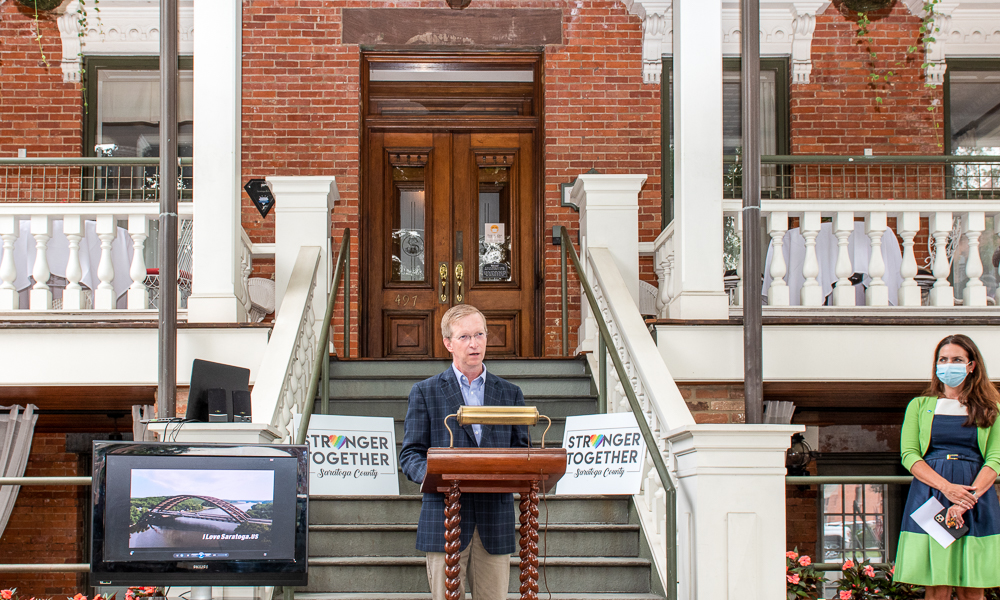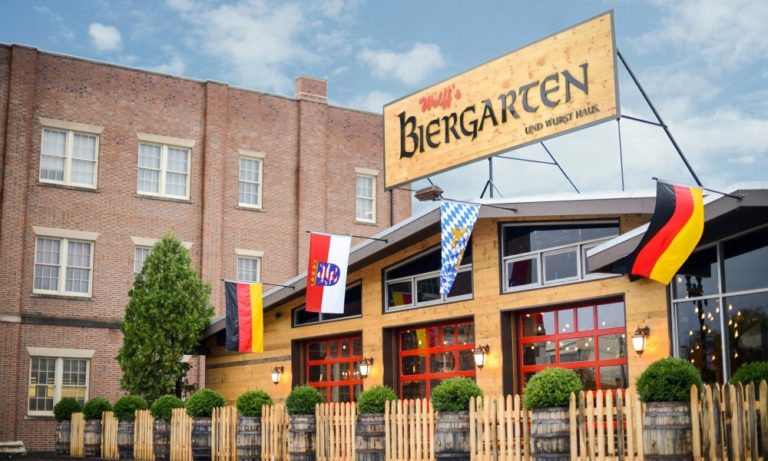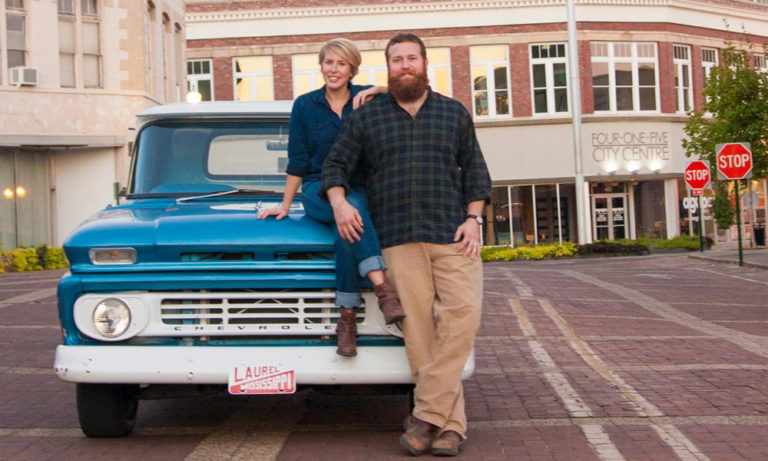When the New York Racing Association (NYRA) announced at the end of April that Saratoga Race Course would likely weather an entire summer season without spectators, it was really the organization’s only play. NYRA’s President and CEO David O’Rourke had no other choice but to acquiesce to New York Governor Andrew Cuomo’s statewide ban of large crowds at so-called “attractive nuisances.” By mid-May, the governor had announced that New York’s racetracks could open on June 1, without fans, and O’Rourke immediately sprang into action. NYRA, which oversees Saratoga, Belmont Park and Aqueduct Racetrack, began offering COVID tests to all of its employees and backstretch workers and putting into place a battery of health and safety protocols. Belmont Park opened days later without a hitch.
With Belmont’s four-week meet now complete, O’Rourke has the mammoth task of doing it all over again in Saratoga, beginning on July 16. And the stakes here couldn’t be higher. While some racing fans may have already written this off as Saratoga’s lost summer, O’Rourke is still holding out hope that fans, most likely in a limited capacity, will be able to attend the races at Saratoga. “We have to see how the health situation trends and of course, we will be following the direction of the governor and the state,” O’Rourke says. “But we’re not completely ruling out the possibility of fans attending.”
That should be music to Saratogians’ ears. And O’Rourke knows, maybe better than anyone else at NYRA, what a win, however small, at Saratoga could mean for his organization and the city. O’Rourke first became familiar with NYRA as an outsider, helping guide the organization through Chapter 11 bankruptcy in 2006. At the time, NYRA had a prickly relationship with New York State, contending that the long-delayed casino project at Aqueduct, which needed state approval, had driven the company towards insolvency. Less than two years later, NYRA emerged from bankruptcy and had a new agreement with the state as the operator of the triumvirate of racetracks through 2033. Although it didn’t make big headlines, NYRA also hired O’Rourke as its director of financial planning.
Fast forward a little more than a decade, and O’Rourke is just over a year into his tenure as president and CEO, having worked his way up through NYRA’s ranks, first landing the role on an interim basis in January 2019 and having officially been appointed two months later. “I came onboard at NYRA from the financial side of the business, and it fascinated me,” he says. “Racing is unique in the way the sport is tied to the gambling enterprise. I wanted to develop an understanding of how every aspect of the business and sport fit into and related to the much larger package. But I also got into the game and absolutely loved it. The sport captivated me. I got to Saratoga and didn’t want to leave. There’s nothing like it.”
Although racing has had its challenges—especially now, amidst the pandemic—O’Rourke believes NYRA has a prosperous future ahead of it. “You can’t stand still in an entertainment industry,” O’Rourke says. “You constantly have to be developing all aspects of your product and making sure you are delivering something your customers want and that you can grow.” To that point, NYRA has amassed an enviable footprint on TV, with national coverage on Fox and NBC Sports. So even if only dribs and drabs of fans end up experiencing live racing at Saratoga this summer, a potentially historic audience could find the track on TV. “We’ve positioned ourselves well,” says O’Rourke. “With the times we are in, it becomes even more essential to have a top television presence.”
Just how many fans might squeak through the turnstiles at Saratoga this summer is still very much up in the air. But at least there’s a chance. “We obviously want fans at our races, especially at Saratoga, because it’s the best racing in the country,” says O’Rourke. “So hopefully things continue to trend in the right direction.”

